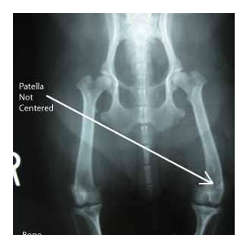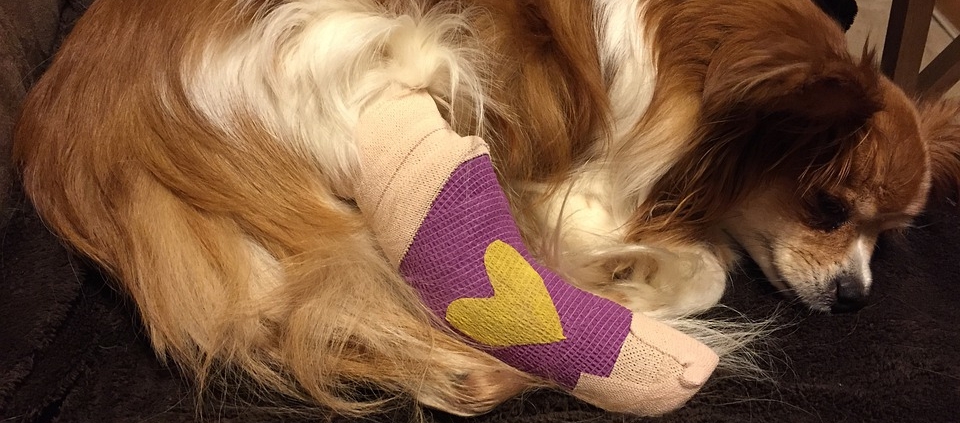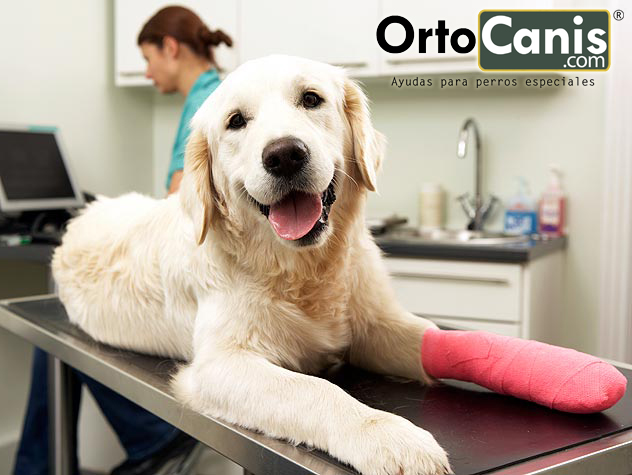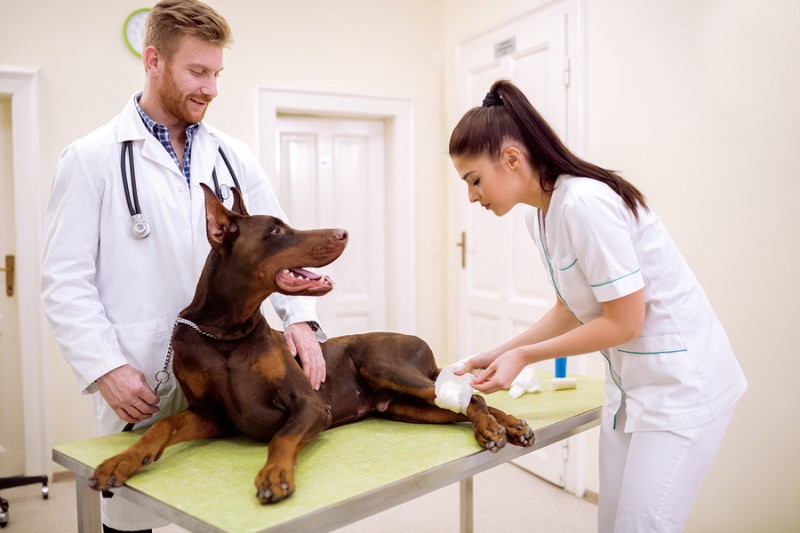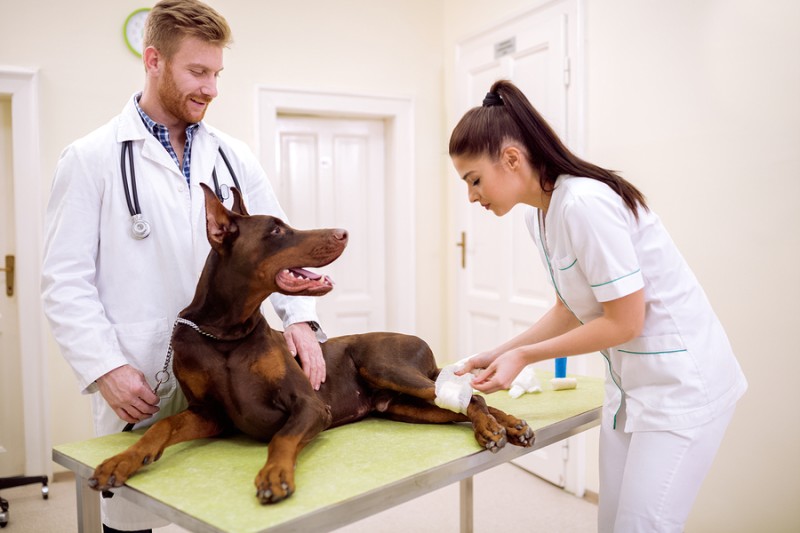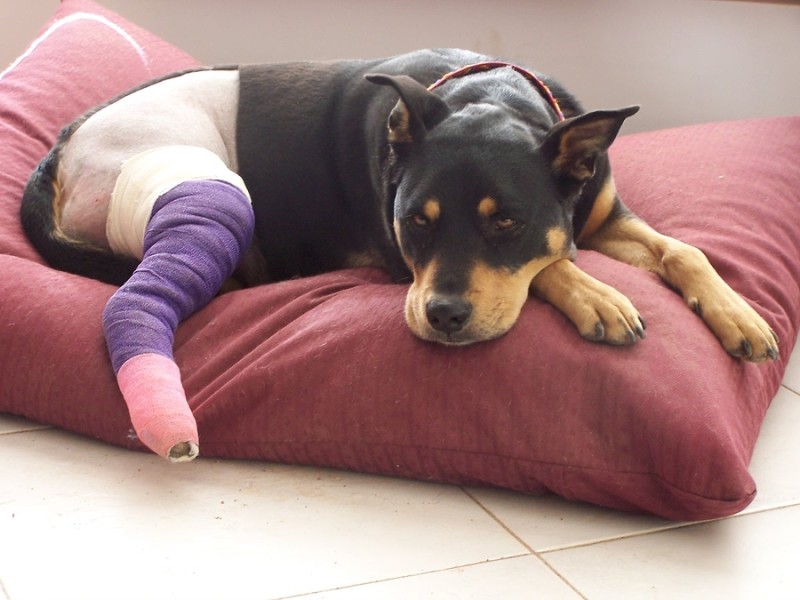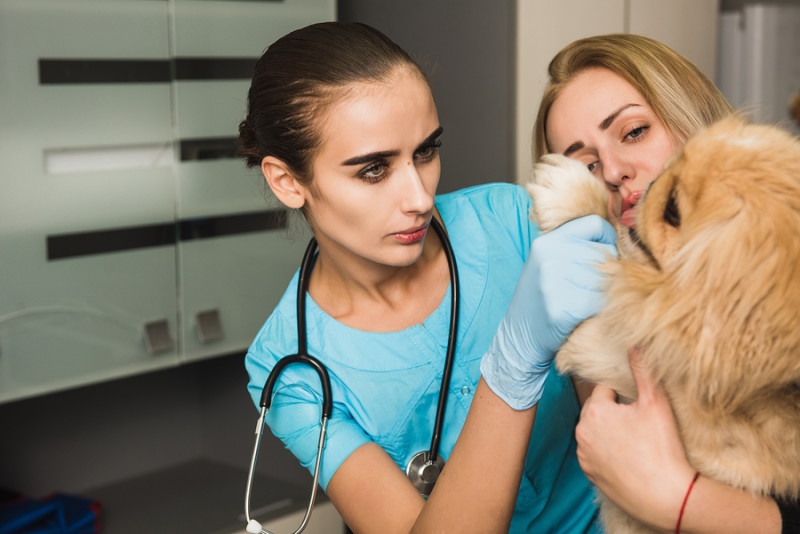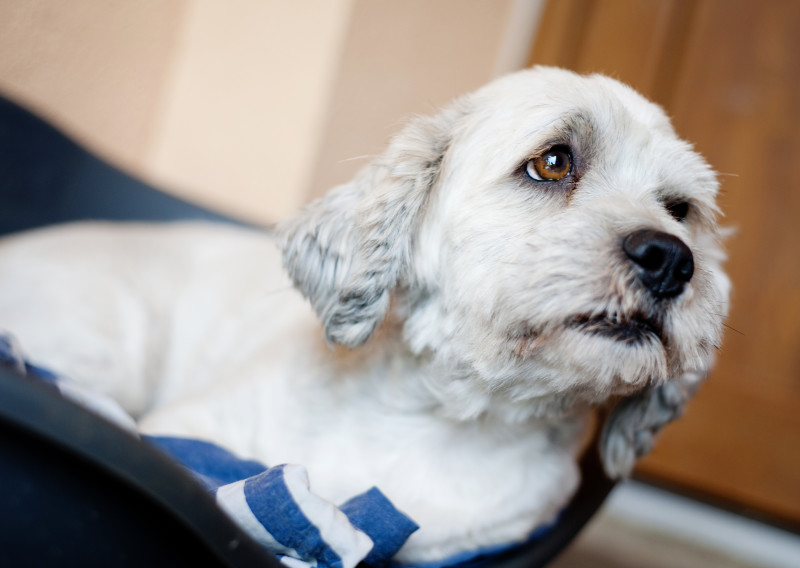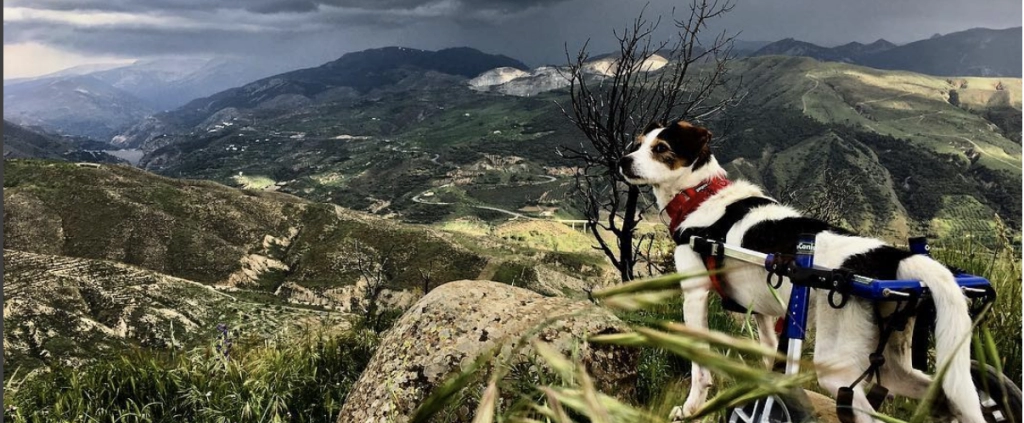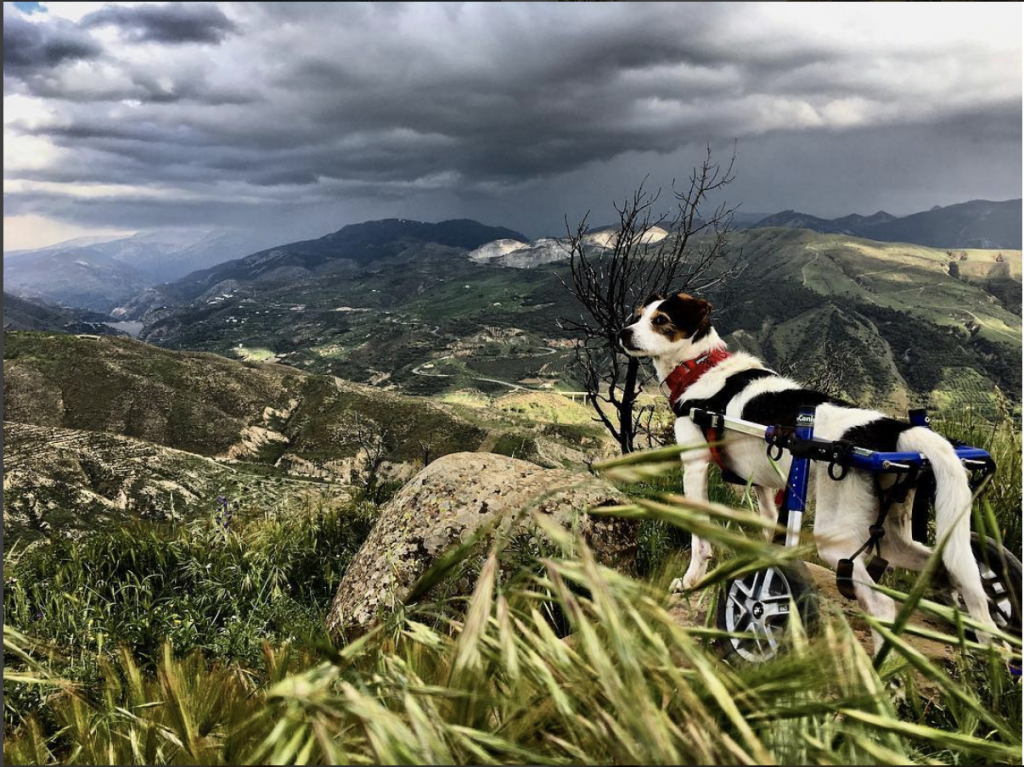Injuries can happen anywhere and at any time. The more active you are, the higher the chances of getting injured.
It is especially true when it comes to dogs. Dogs are naturally active animals and need to run around and get plenty of exercise. Not only running, but they also love to jump indoors and outdoors.
Their nature makes them do this many times without being cautious. It makes dogs more prone to injuries, even as serious as fractures and broken bones.
Using a cast is a popular method of healing an injury such as a fracture. This article explains important facts about using cast for dogs.
What Is Casting
A cast is a type of hard bandage that wraps around limbs that have been fractured or injured in some form. Dogs are very active animals that run and jump around almost daily. So, they are at high risk of injuring themselves and fracturing their bones
 Accidents, falls, and trauma can lead to injuries that require a cast on a dog. Limbs are the most common area that gets fractured in dogs and require casting.
Accidents, falls, and trauma can lead to injuries that require a cast on a dog. Limbs are the most common area that gets fractured in dogs and require casting.
Sometimes, a cast doesn’t prove to be sufficient for healing. In severe falls, and traumatic accidents, dogs could even break a leg. It could even lead to the requirement of surgery.
Important Facts About Using Cast For Dogs
Casts lie in close contact with the dog’s skin and are a method used to treat external immobilization. It consists of several layers of plaster and padding.
Materials used in a cast include fiberglass, polyurethane-impregnated cotton-polyester, or thermoplastics.
Some fractures in dogs are generally visible right away. So you can take your dog to the vet for casting.
Other fractures are not as obvious and may be missed for a few days until you see your dog limping.
A vet needs to examine the injury using an x-ray to determine if a casting is sufficient or if it requires surgery.
Depending on the severity of the break, your vet may require plates or pins to keep the bones in place. Once the plates are in place and immobilized, the bones will heal around the steel parts. Your vet may recommend a cast to keep the bones immobilized.
If your dog’s injury is more severe and requires surgery, the vet might use anesthesia to reset the bones.
Casting Procedure
Casting is done using an aseptic technique, which means the method is designed to prevent microorganism contamination. Therefore, your dog could even be anesthetized, and the affected area may be shaved before the procedure.
Here is the step-by-step procedure followed for casting on a foreleg fracture.
- Place the dog in a side-lying (lateral recumbency) position with the injured extremity facing down.
- Apply tape to the ventral and dorsal areas of the foot while a stirrup is created. At this point, the dog’s leg should be elevated to provide support while performing the casting procedure.
- Sometimes, the application of a stockinette bandage may be required.
- Apply several layers of padding to the elevated leg. The padding consists of layers that are wound tightly around the leg.
- Roll out several layers of cast material around the leg, from distal to proximal limb aspects, overlapping itself on each encirclement.
- Place wet plaster atop the casting material to get the shape of the leg.
- Turn the visible padding at both ends downwards, and tape over the stirrup.
- The plaster will take several hours to dry, so the dog may have to stay overnight at the hospital.
Efficacy Of Casting In Dogs
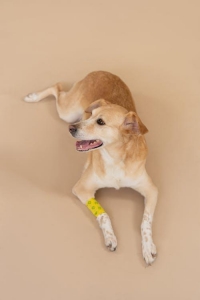
Casting done by a professional such as a vet will permanently fix the affected skeleton. Casting effectively treats most fractures in dogs, except for a few serious ones that require surgery.
An injury with a cast will heal 97% of the time without complications.
A vet will try his best to treat injuries by putting on a cast. However, if it’s unable to do so, a vet has no choice but to go for surgery. It’s usually the case when there are severe breaks in multiple locations.
A cast is put on the affected area for full immobilization. A dog needs adequate rest to recover with minimal effect and gain full mobility soon.
Casting Recovery In Dogs
Your dog might have to stay overnight at the hospital after the initial cast setting based on the vet’s recommendation.
You must take good care of your dog when recovering at home. Your dog needs to rest and not put too much weight and pressure on the affected limbs.
The vet will provide drug therapy consisting of pain medications to give your dog while recovering at home. Antibiotics and anti-inflammatory drugs may also be prescribed in case of secondary damage like swelling or infection due to injury.
At-home care accounts for about 50% of the recovery. Depending on the location and severity of the injury, it could take anywhere between five to twelve weeks for a full recovery.
You may have to take your dog to check and change the outer bandages during recovery. Your vet will inspect the injury to see if it’s healing well.
Your vet needs to recheck your dog’s injury after recovery with additional x-rays to ensure that it has completely healed.
Casting Cost
The casting cost depends on factors such as the injury’s type, severity, and location. It also varies based on whether there is emergency care or specialized surgical care.
A simple cast would cost under $400. However, if the injury involves surgery, it could cost several thousand dollars.
The national average of casting varies between $1000 and $5000. It depends on the specialization of the vet and follow-up care procedures.
Going to the vet may cost approximately $50 per visit. X-rays and tests will cost between $50 – $200 per visit. In addition, medication and other follow-up care requirements will cost upto $100.
Casting Considerations
Once casting is done, your dog’s recovery depends on how well you take care of it. You need to give it the medication as advised by the vet.
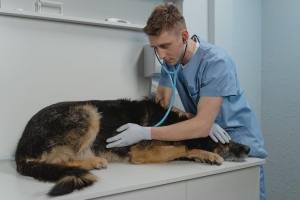 The risk of using a cast is higher at home than at the vet. Because your dog will be spending more time recovering at home, your care is of utmost importance.
The risk of using a cast is higher at home than at the vet. Because your dog will be spending more time recovering at home, your care is of utmost importance.
While at the vet, you need to consider his advice regarding alternatives to surgery, like using steel pins or plates. However, surgery may sometimes be unavoidable, so you’ll have to go with what your vet recommends.
There is also a method that does bone reset using a bandage cast. You can discuss all of these alternatives in detail with your vet.
Once the procedure is done, you must take good care of your dog at home. Improper care can pose a risk in the following ways.
- Infection
- Loss of circulation
- Necrotic tissues
- Delayed healing time
If everything is fine, your dog should heal well within several weeks with minimal aches and pains in the affected area.
How To Take Care Of A Dog In A Cast
Taking good care of your dog is essential during recovery. An essential fact to note is never to let a cast or bandage get wet. A cast could get wet from water bowls, wet grass, urine, and saliva.
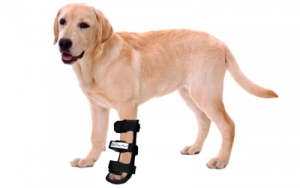 A wet cast could cause problems when bacteria begin to multiply on it. You can cover it with a plastic bag to prevent it from getting wet when your dog goes out. However, don’t keep it for longer than 30 minutes.
A wet cast could cause problems when bacteria begin to multiply on it. You can cover it with a plastic bag to prevent it from getting wet when your dog goes out. However, don’t keep it for longer than 30 minutes.
If the plaster gets wet, you can dry it using a hair dryer. Be sure not to overheat the skins beneath the cast. If it’s too wet, you must return and get a new dressing done.
Always touch and feel the toes daily to check for warmth and dryness. Do this when your dog is occupied with something.
Your dog should respond when you squeeze its toes. If your dog is unresponsive, it’s a cause for concern, and you need to take it to the vet.
Place a sock over the cast to prevent your dog from licking the area. Your dog will not lick the cast when there is a sock on it. Ensure it’s a cover that allows the dressing to ‘breathe.’ Avoid using plastic or waterproof materials.
Watch for any irritations on top of the dressing. Sometimes sticky plasters and the dressing rubbing could cause allergic reactions, which you must address with the vet.
Ensure to take your pet for dressing changes as required.
Casting Prevention In Dogs
Preventing injuries requires you to watch your dog at all possible times. Dogs can jump or fall and get injured both indoors and outdoors. So it’s important to be on alert at all times.
Make a note of areas with stairs, as there is a high risk of your dog falling up. Fence your yard to ensure your dog doesn’t run onto the road without your knowledge. Road accidents are also a common reason for an injury that requires putting on a cast.
Stay alert when you take your dog outdoors for a walk or on an adventure like hiking, especially if it’s a stubborn one. Make sure you use a training collar for stubborn dogs to control your dog and prevent them from doing something that would cause an injury.
Conclusion
Keep these important facts on casting for dogs to ensure a speedy and complete recovery. Prevention is better than cure, so always keep an eye on your dog to prevent injuries that require using a cast for healing.
Finally, take good care of your dog while in recovery to ensure that it has minimal pain and that the affected area is fully-healed.
Frequently Asked Questions
How Long Should A Dog Wear A Cast?
A dog should wear a cast for five to twelve weeks, depending on the severity and nature of the fracture.
Can A Dog Walk With A Cast?
Walking is fine as long as your dog doesn’t run or walk very fast. Ensure to keep the casting clean at all times, especially when it goes outdoors.
Can A Dog Fully Recover From A Broken Leg?
Yes. A dog can take up to twelve weeks to fully recover from a broken leg.

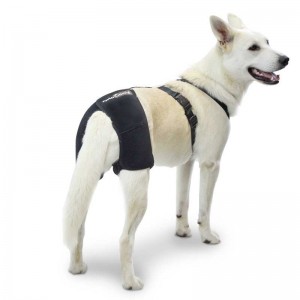

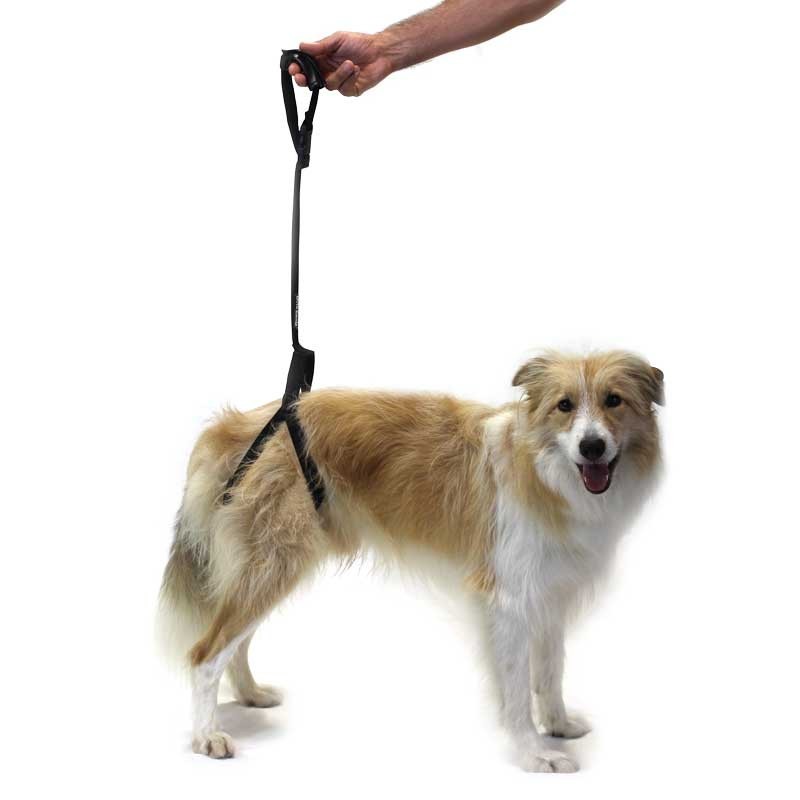
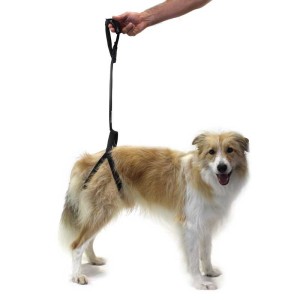

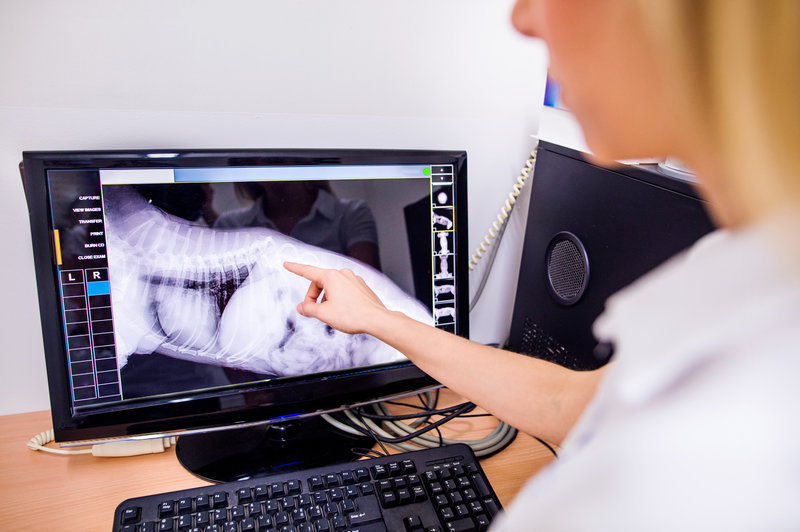

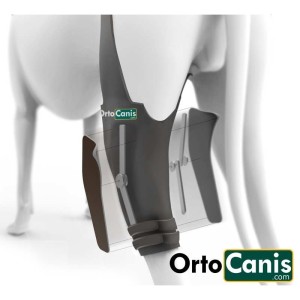
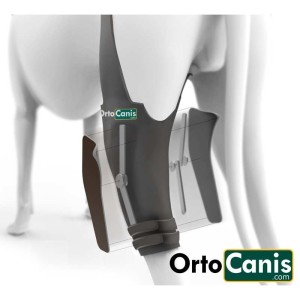
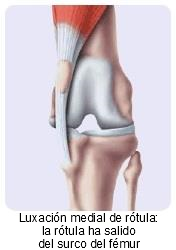 Grade I – Intermittent patellar dislocation causing limb lameness when out of place. In the dynamic test, every three or four steps they raise their leg by flexing the knee or they take a little jump.
Grade I – Intermittent patellar dislocation causing limb lameness when out of place. In the dynamic test, every three or four steps they raise their leg by flexing the knee or they take a little jump.